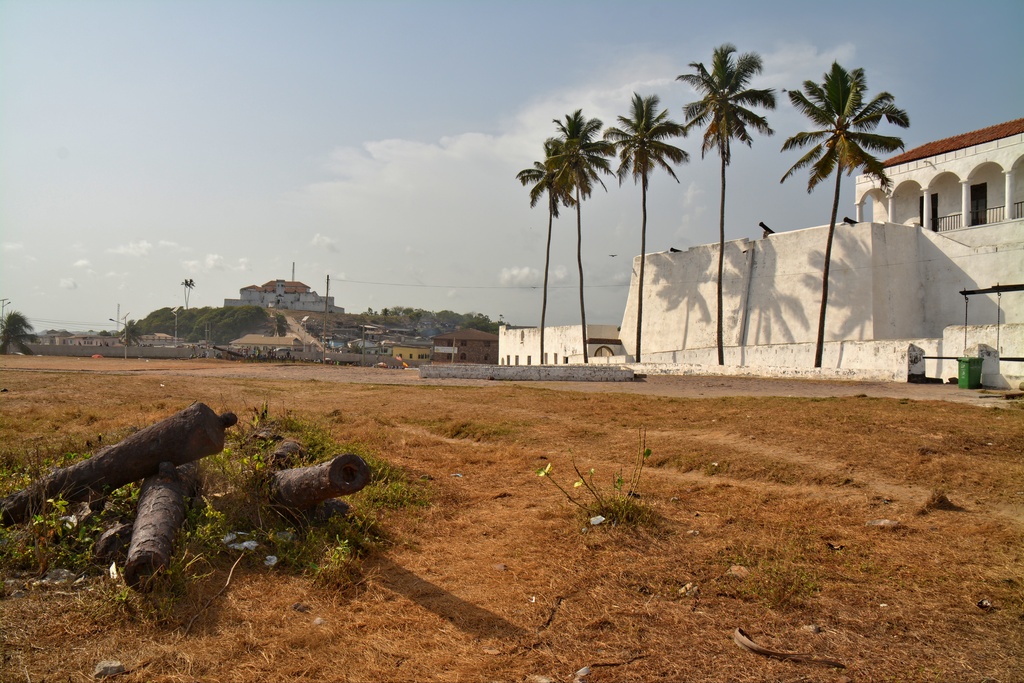
As part of the transition, control of historic sites such as Elmina Castle and other coastal forts—symbols of centuries of colonial exploitation—was handed over to the new government. Notably, the newly formed Ghana also included the Volta Region, which had previously been under German control as part of Togoland.
Following Germany’s defeat in World War I, this territory had been administered by the British under a League of Nations mandate and later a UN trusteeship. In a 1956 plebiscite, the people of British Togoland voted to join the Gold Coast in its path to independence, further shaping the borders of what is now Ghana.




View from Elmina Castle
